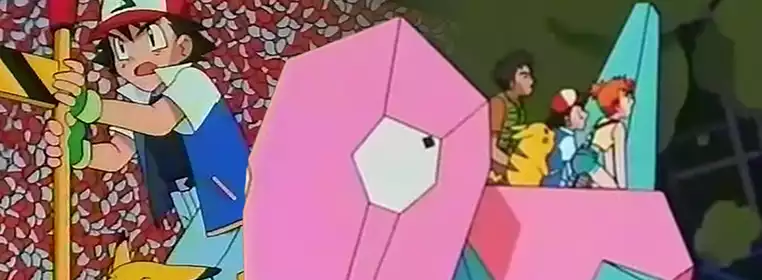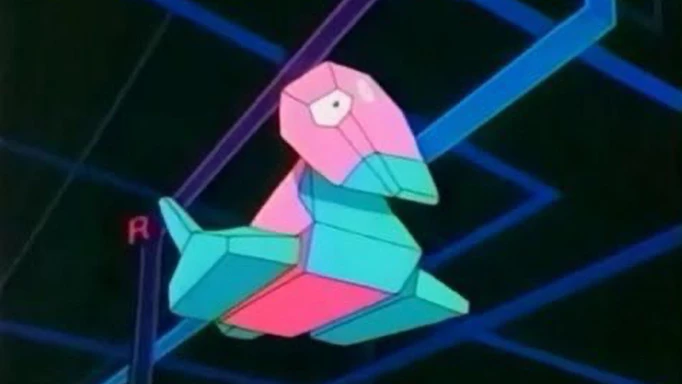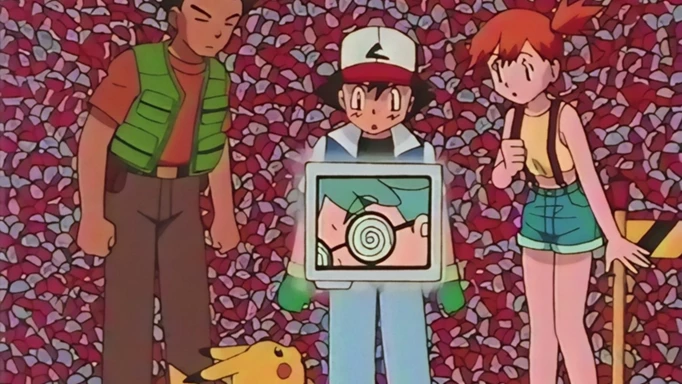Experts explain the infamous Pokemon episode that hospitalised thousands

Pokemon owes an awful lot of its success to its fantastic anime series, which over the course of the last 26 years (yes, you're old), has been welcoming Westerners. It's not only to the art form of the Pokemon anime, but to the brilliant franchise that took playgrounds worldwide by storm.
That doesn't mean it hasn't made its missteps, and it's worth reflecting on what we could have missed if things went slightly differently. One episode of the original series almost pulled the show off the air for good - and experts have reflected on what could've put an end to Pokemon altogether.
Computer Warrior Porygon almost stopped Pokemon in its tracks

 Click to enlarge
Click to enlargeThe 1997 Pokemon anime episode Dennō Senshi Porygon (roughly translated to "Computer Warrior Porygon") was shown only once on television. The episode's sole airing came for a good reason, with the outing being caught in an urban legend that it was putting kids in hospital.
When "Computer Warrior Porygon" first aired, children across Japan were rushed to hospital in their hundreds. Six minutes into the episode, a series of rapid flashes representing one of Pikachu's electric attacks caused seizures everywhere.
It didn't end at mere reactions to epilepsy, as many other children suffered from convulsions, nausea, and vomiting. As they spread across the country, the blame fell solely on the Pokemon episode. However, supposed experts think there was another explanation.
Experts claim Pokemon's sickness was 'epidemic hysteria'

 Click to enlarge
Click to enlargeA new report from scientific paranormal investigator Benjamin Radford and sociologist Robert Bartholomew claims the effects of "Computer Warrior Porygon" was actually hysteria. "Many of the children's symptoms had no identifiable organic basis; other than the verified cases of seizures," says the report.
It continues, "The symptoms reported were minor and short-lived; the victims were nearly exclusively school children in early adolescence; and anxiety from dramatic media reports of the first wave of illness reports was evident.
"Once the children had a chance to hear panicky accounts of what had happened through the mass media, their friends and their schools, the number of children reported the next day to have been initially affected – 2 days earlier – increased by 12,000.”
As a final warning, we're told the Pokemon incident could be a "harbinger of future technological hysterias that have the capacity to affect unprecedented numbers of people at a phenomenal speed." With an overreliance on mass technology, the study suggests it could happen again - oh, great.
It's compelling evidence, but there's little doubt that the episode shouldn't have aired at all, given just how horrific it was for sufferers of epilepsy. Whether an outbreak of mass hysteria or something more, "Computer Warrior Porygon" is staying locked up.
